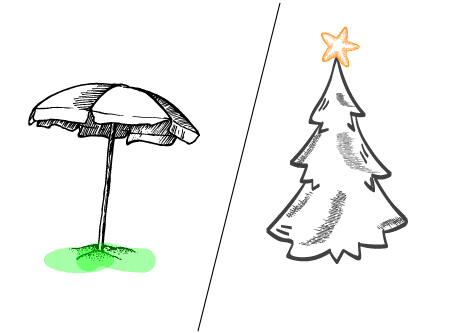What Does the Sales Data Say?
(And what is it leaving out?)
Looking at sales data is a good starting point for buyers and sellers alike but it shouldn’t be the only deciding factor when it comes to truly determining a property’s value and worth (note, those can be different numbers too).
Real property is considered special enough that a court can order people to hand over properties when in other situations they can only order monetary damages. Indeed, each property is unique unto itself — at least according to the laws of physics that say no two objects can be at the same place at the same time. Therefore, it is important to remember that each data point, each comparable sale, represents a story unto itself at a given time and context.
But, taken together with similar properties, nearby properties, analogous properties selling at similar times and we can see trends emerging from that data that will inform decision-making and impact where we start to determine what a property is worth to you.
Factors influencing Data Accuracy
Sample Size Significance
Small differences in square footage or the number of similar sales for a given area (if there are 2 sales a year in X neighborhood a year versus 7 last month) will amplify data results. This is why you work with agents like Kevin+Jonathan.


The Selling Seasons of SF
There are certain annual market cycles for San Francisco that other markets lack. Unlike other places, the summer is usually the slow time of year in San Francisco for example.

Shhhh. Tell No One About This Sale
For whatever reasons, a good portion of property transactions never end up reported in the MLS, so the true value of a property may be hindered as a result (see sample size). Also, a lot of agents want to deflect attention away from $/sqft issues and will omit square footage.
Number Sold.
By Type (Last Month)
Each total is for the month previous compared to the two years prior.
Number Sold...
Over Time
This chart will show you the ebbs and flows of our market as the data reflect closed sales in San Francisco. Remember that this data is usually a lagging indicator as it takes about three to four weeks (on average) to go from a seller ratifying a contract to when the transaction closes.
How Expensive
Median Price for the Past Three Years
The median sale price — where the closing price is right in the middle — supposedly more accurate than an average price whereby errant above-the-curve sales can skew your conclusions, which is kind of not true in an appreciating market like San Francisco.
How Expensive
The Average Price for the Past Three Years
So let’s take a look at the average sale price for housing that sold in San Francisco up until last month.
Yes, How Many Sell Over Asking Price?
Most Homes Sell Over
Going over the list price is pretty much the convention in San Francisco housing sales as most agents will deliberately list their clients’ properties at the lower end of the range to encourage as many offers as possible.
And By How Much?
Just How Much Over Depends
Multiple offers, going over, way over list price, bidding wars — you hear this all the time when it comes to the Bay Area’s housing market. While not every property goes over list price for the ones that do, here's the data that says how much over.
And How Fast?
While Properties May Sell Fast, Preparing for the Market Takes Longer
Not every property sells fast (most do), but preparing for that fevered time takes preparation and education, which is where qwe come in.
How Much for Just a Foot?
An imperfect measure but one we all use.
Dollars-per-square foot is an imperfect figure to use in determining value because so many agents omit this data, the folks who measure use different standards, and no two properties are alike (although many are similar). Deciphering the mix and seeing what a property means to you is something we can help you with.
